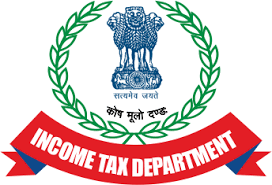The Finance Ministry has issued a clarification addressing the spread of misinformation on social media platforms regarding the new tax regime. It emphasizes that there are no new changes taking effect from April 1, 2024. Taxpayers retain the flexibility to choose between the old and new tax regimes based on their preferences and financial circumstances, with the option to opt out of the new regime until filing their return for Assessment Year 2024-25. Eligible individuals without business income can alternate between the old and new regimes for each financial year.
In a post on social media, the Finance Ministry stated:
1) No new changes are coming into effect from April 1, 2024.
2) The new tax regime under section 115BAC(1A) was introduced in the Finance Act 2023, in comparison to the existing old regime (without exemptions).
3) The new tax regime applies to individuals other than companies and firms as the default regime from the Financial Year 2023-24, corresponding to Assessment Year 2024-25.
4) Under the new tax regime, tax rates are significantly lower, although various exemptions and deductions (except for the standard deduction of Rs. 50,000 from salary and Rs. 15,000 from family pension) are not available as in the old regime.
5) While the new tax regime is the default option, taxpayers can choose the tax regime (old or new) they believe is advantageous to them.
6) Taxpayers have the option to opt out of the new tax regime until the filing of return for Assessment Year 2024-25. Eligible individuals without any business income can select the regime for each financial year, enabling them to alternate between the new and old tax regimes.
The income tax slabs under the new tax regime are as follows:
- Income from ₹0 to ₹3,00,000: 0% tax rate
- Income from ₹3,00,001 to ₹6,00,000: 5%
- Income from ₹6,00,001 to ₹9,00,000: 10%
- Income from ₹9,00,001 to ₹12,00,000: 15%
- Income from ₹12,00,001 to ₹15,00,001: 20%
- Income above ₹15,00,000: 30%

